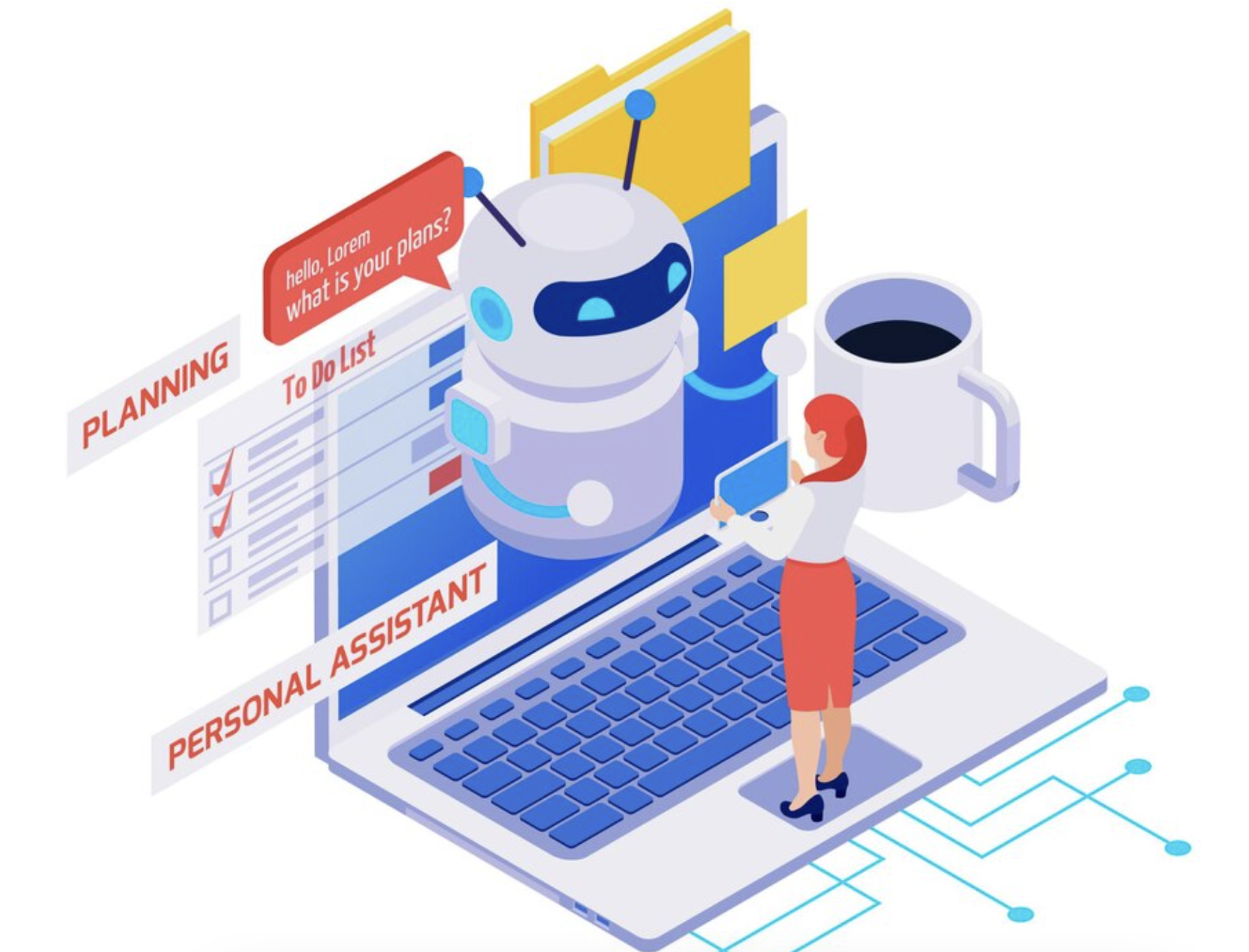
Chatbots are nothing but a computer program or software built to engage with any message they receive, automatically generating a response. In other words, it’s a bot programmed to generate an appropriate response to a specific message.
We have talked about chatbots before, actually, we have two previous blogs on the matter, one when discuss what you need to know about Chatbots, and another one when we talk about how this technology can benefit your company.
But, to sum it up, chatbots are computer programs created to simulate a conversation with real human users over the internet. This way, the user expects to have a fluent conversation through the chat, getting the information they need.

It is important, however, not to mistake chatbots as the same as a software application, because they are not. You need to understand chatbots are a type of computer program (meaning, a software), but they are not software application on its own.
Instead, chatbots can be considered as programs that are usually found inside a mobile or web application that help expand the service said application is offering to their clients.
Understanding the different types of chatbots
To get to know how chatbots really work, first, you need to know that there are different types of chatbots and that not every single one of them is the same since they all perform different tasks.
Keep in mind, there are many different types of chatbots depending on their purpose. For example, there are some that generate the exact same response every time, while others are programmed to generate a much more personalized answer based on the text or message, giving a more customized experience.
Chatbots can be divided into two main categories:
1. Predetermined chatbots
2. Machine learning chatbots

In essence, predetermined chatbots are computer programs that can’t learn new answers. They are scripted and can only generate a response within their set of possible answers.
Scripted chatbots are common amongst companies since they are designed to answer specific questions with generic answers based on the phrases utilized by the user.
On the other hand, machine learning chatbots have the ability to learn about the customer they are talking to, generate more appropriate answers and improve over the course of time.
These type of chatbots can actually understand natural speech, therefore, they can give a much more precise, personalized answer to the user, something scripted chatbots can not.
How do chatbots work?
Regardless of what type of chatbot we are talking about, the way these computer programs work are very similar, since they are all composed of an application layer, a database, an API and an User Interface (UI).
Now, the database is the core and center of any chatbot. You see, companies usually resource to old data, chats, and conversations with older clients to analyze them and transform it into a data the chatbot can use. This is commonly done through a combination of Machine Learning and development tools.
To put it simply, a chatbot solution is developed and then given thousands of previous conversation logs for it to understand and analyze each interaction and be able to understand the question a client might be asking later on.
Now, as to the actual architecture of chatbots, it is composed of pre-made scripts and machine learning applications that make language classification possible
The three types of classification methods chatbots use to identify what the user is talking about are:
1. Pattern matches
2. Natural Language Processing
3. Natural Language understanding
1: Pattern Matches
Through this method, chatbots are able to separate the message into a group of texts, read them and generate a suitable answer. Pattern matches are one of the most common types of methods used in these bots.
Keep in mind, this method is subdivided into two categories:
1. Algorithms: This architecture allows each type of question to have an unique pattern available in the database in order to come up with an appropriate answer.
By using algorithms, it creates a hierarchical structure that helps classify and come up with a much more manageable structure, giving some type of organization to the chatbot.
2. Artificial Neural Networks: Put it simply, neural networks generate an output from the input given by using different connections calculated directly from repeated iterations that happen while training and accumulating the data.

2: Natural Language Processing
Also known as NLP, this method simply convert’s the user’s message into data, and then uses this data to choose and create the right answer, This is one of the most complex methods and it’s actually composed of five different steps.
Those five steps are:
1. Sentiment Analysis: It identifies whether or not the chatbot is being useful or if the conversation should be taken over by an actual human.
2. Tokenization: The system divides the words into tokens that are linguistically symbolic and useful for the system.
3. Named Entity Recognition: The system searches for categories of words to understand the user’s messages and identify the required data.
4. Normalization: The chatbot looks for common spelling mistakes or errors, being able to still understand what the user is saying.
5. Dependency Parsing: Finally, the chatbot looks for the objects and subjects of the sentence.
3: Natural Language Understanding
Also known as NLU, this system is based on the idea of using a historical backdrop of answers and conversations to implement when answering the user’s questions. Keep in mind, that if the user formulates a question that isn’t on the database, the chatbot won’t be able to fulfill the task.
To put simply, this type of system is triggered by specific words, commands or sentence that causes the chatbot to generate a response that matches the given question.
If you would like to know more about this solution, or you’d like to implement it for your company, contact us! Here at Rootstack we have a team of expert developers ready to help you.
We recommend you this video

